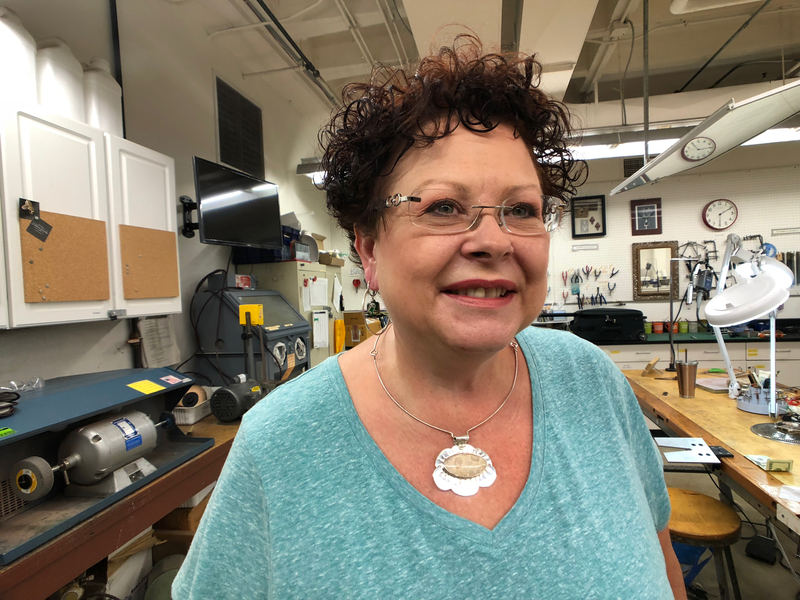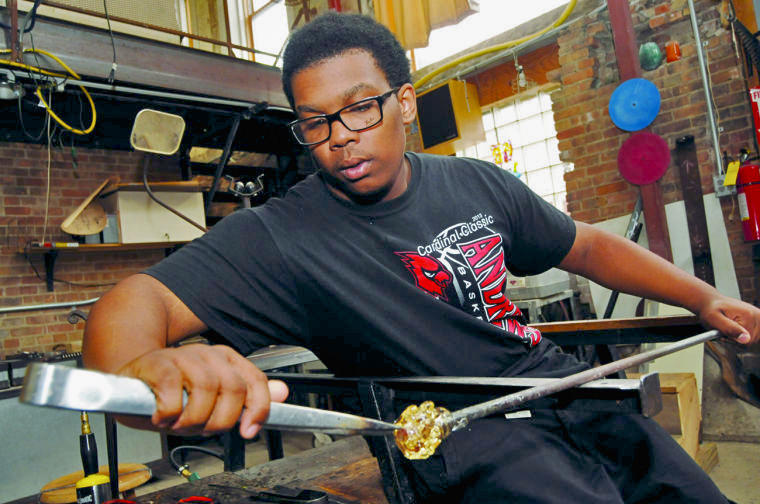We caught up recently with Alison Watson of the Michigan Council for Arts and Cultural Affairs to discuss her latest project inspired by Creating Connection: a five-part series on Michigan Public Radio of intimate, first-person stories about how creative expression brings us closer to other people, the community around us, and to ourselves.
Click here to hear the series.
Watson, who oversees grant-making, technical assistance, and other support initiatives for artists and arts organizations throughout the state, explained that the rationale for the project was simply about giving everyday people impacted by their programming the opportunity to have their voice heard:
“We can do more than just words on the paper... We began asking ourselves: how can we share our stories? That involved not focusing on the Council but instead taking that whole notion of putting the end user first.”
Measuring the impact of the arts can take many different shapes. For Watson, showing impact through these featured stories has been the most resonant for people.
“I think it is a new form of storytelling for us... I can give you the data and the numbers but when it comes down to it, those things do not matter. In your backyard, it is about impacting people. With the series we are saying, here is a person in your community.”
Watson and her production team collected earnest stories that speak to the core connective role that art and creativity can play in people’s everyday lives. The series covered everything from a woman who found comfort in jewelry making after the sudden death of her husband to a young girl who gained the courage to come out to her parents because of the support and acceptance that she felt from her rock band.
The series has been so successful that Watson is now focusing on seeing it continue:
“I am going to get more people to tell their stories because that is what makes sense...everyone has said these are amazing and that they want us to come to their community.”
Interested in doing a similar series in your own community?
Watson hopes that you go for it.
She also admits their process was not that complex: “We did not have a clear plan. It started as a conversation...We identified the organizations, then [the production team] visited with organizations and found the stories to tell in a way that made sense to them.”
We could not end our interview without asking Alison about her own creative outlets. When she is not busy in the office or travelling across the state to meet with the arts community, she is at home doing what she loves most: finger painting with her four-year-old son.



![Penny (center) says that when she first joined Girls Rock Detroit, she was put in a band with a group with kids she'd never met. "We actually kind of chose a silly name [for our band]. It was the Seven Bold Banana Slugs."](https://images.squarespace-cdn.com/content/v1/56e347ee0442621615c31e5e/1550088907214-TANMOZPJLMPP4GJYELMZ/7boldbanana_slugs.jpg)
